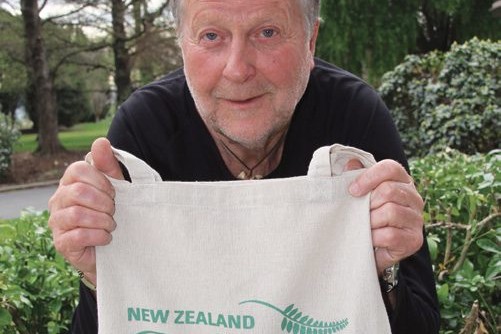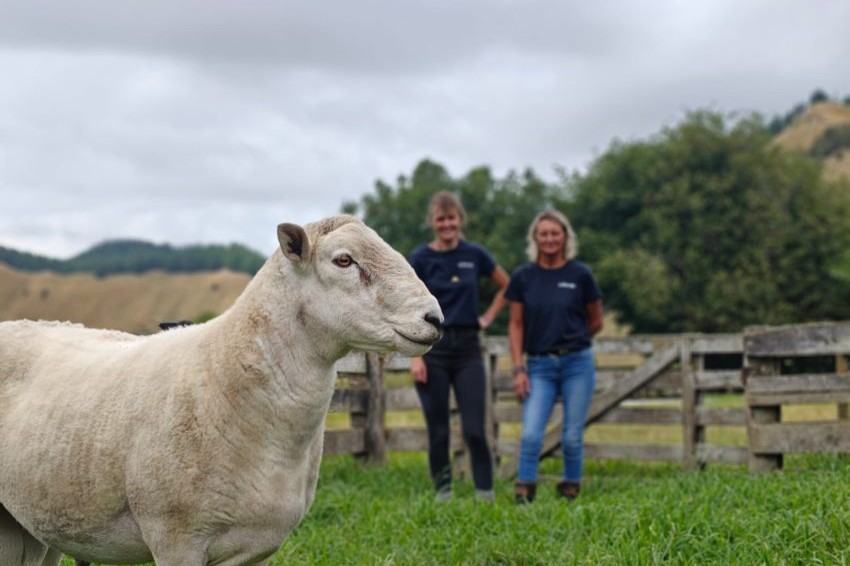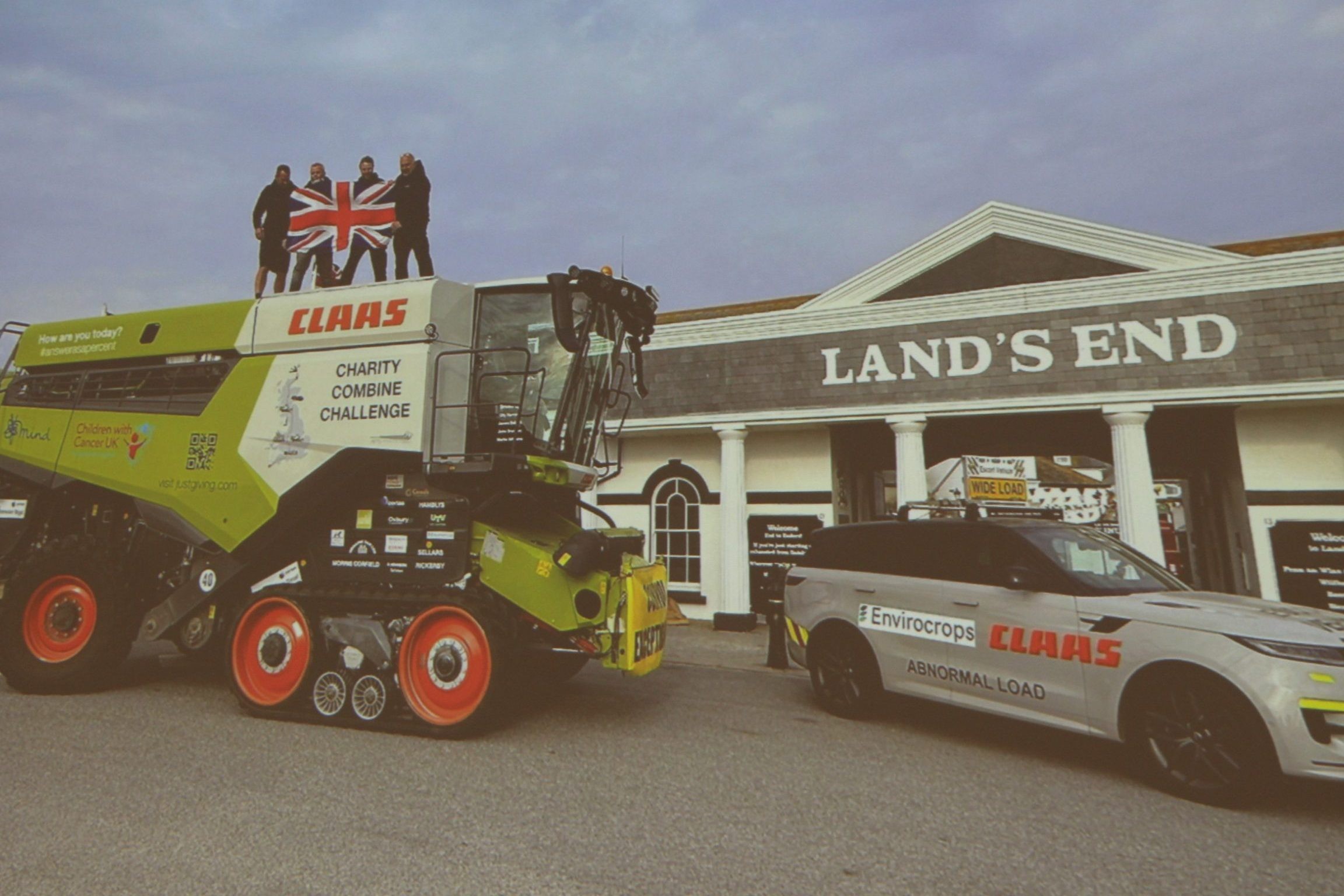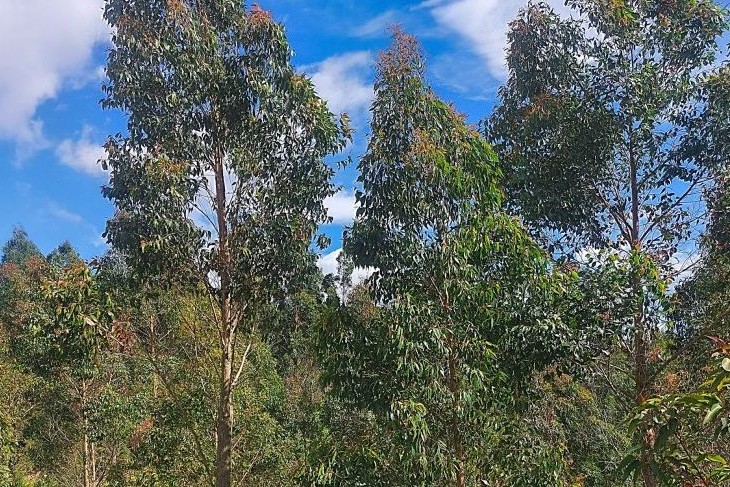A sea-change thanks to velvet
A son’s rugby injury and its treatment with deer velvet products convinced Barry Cuttance to give up life as a sea-farer. Lynda Gray reports.

A son’s rugby injury and its treatment with deer velvet products convinced Barry Cuttance to give up life as a sea-farer. Lynda Gray reports.
Pick up and run with the best velvet antler science, that’s the advice of New Zealand Deer Velvet’s Barry Cuttance.
“We need to revisit past deer antler science, pick out the best and collaborate across the industry to commercialise it,” he says.
He came to the 50 years of deer science gathering and enjoyed looking back on what had been achieved by a handful of dedicated scientists but had hoped for more in-depth discussion on the direction of research.
Invermay’s velvet research programme was once internationally renowned for the output of practical science but that dried up with changes and cutbacks in funding. There is an opportunity to pick up and run with some of those past projects, he says.
His bias towards velvet antler science is due to first-hand experience in the United States vet pet market where he sells six velvet-based wellness products to 1300 clients, generating a “seven figure” turnover. There has been a big swing to TCM-based (traditional Chinese medicine) and holistic treatments which are now endorsed and respected by many North American vets.
The products range from general wellbeing tonics, arthritis tablets and an oral spray for cats and dogs to protect and promote healthy gums and teeth.
His pathway from merchant seaman and part-time North Canterbury deer farmer to the North American vet and pet wellness market started in 1999 with the ankle injury of Sean, his rugby-playing son.
The injury, incurred during the National Provincial Championship semi-final against Waikato, led to surgery and a recommended 16-week stand down from training. When Barry told his Christchurch-based Korean velvet buyer and processor Youn Lee of Sean’s plight Lee gave him four bottles of deer velvet capsules, prescribing a dose of two tablets a day to speed up recovery.
Barry took them home but admits to having a ‘snake oil’ view about the use of velvet and the TCM preparations and tonics they were used in. But he changed tune when Sean was back training for the Crusaders within 12 weeks.
“He went on to play professionally in Japan for six years with no ankle repercussions… he also recovered from psoriasis, a skin condition he suffered from since childhood.”
Barry, now convinced of velvet’s healing qualities, quit life on the sea to start marketing deer velvet in collaboration with Youn Lee in 2000.
He decided to target the natural health market and took a punt on a self-funded trip to two natural health expos armed with deer capsules.
In hindsight it was a move too soon with too few medics switched on to the TCM philosophy of promoting wellness to prevent illness with the help of natural medicines such as velvet.
On return home Youn Lee encouraged Barry to refocus by developing velvet products for the pet market. His starting product was a velvet, green-lipped mussel, ginseng and shark cartilage tablet for the treatment of arthritic conditions in dogs.
After a modest start to sales a couple of happenings led to a ramp up in demand. The first was a University of Montreal clinical evaluation of powder from elk velvet antlers for the treatment of osteoarthritis in dogs. It was peer reviewed by vets who rubber-stamped the healing qualities of velvet. The second was a roundabout introduction to an Israeli vet who, on hearing about the healing qualities of velvet and trialling it with success on several dogs, launched it in his homeland in 2006.
The company has sold products in Israel, Italy, Germany, Romania, South Africa, the United Kingdom, Australia and NZ but North America is his main market.
Getting a foothold there involved a lot of networking at holistic veterinary expos and conferences, and cold calling.
“I got lucky (in the United States) but it was very difficult at times.”
Relationship building, especially with leading lights in the companion pet natural therapy and treatment sector such as Dr Paula Broadfoot was important as was spreading the NZ story which he did by hosting barbecues and serving up NZ venison in the US.
Now in his late 60s, Barry says he’s comfortable with the business he’s grown from scratch.
“We don’t chase clients or markets now, I don’t want to become a Warehouse-type operation, I want to keep it niche.”




